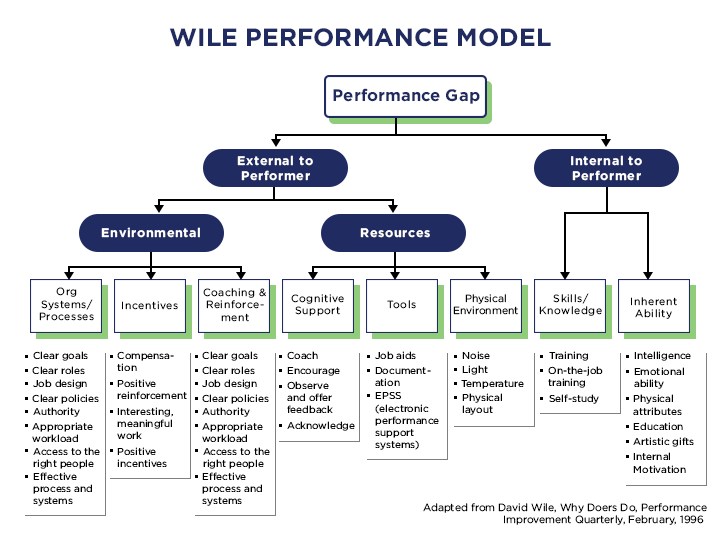September 6th was National Fight Procrastination Day. And in true procrastination fashion, we’ve put off writing this blog until now. So without further ado, let’s talk about a case of procrastination you’re probably familiar with: why organizations wait so long to update their internal training materials.
Why Companies Procrastinate
Lots of companies put off updating their training even when they know they could get a better result if their training was improved. So why does this happen so frequently? Good training takes time and effort. Many organizations are fighting other, larger fires and training often takes a back seat to more pressing issues. Sometimes, organizations may not see the outcomes they want from past training and may be reluctant to invest in future training. Ultimately, something gets prioritized ahead of training for whatever reason and the training curriculum remains outdated.
Organizations may also procrastinate because they don’t have the resources on-hand: either in headcount or expertise. Funneling money into learning and development hasn’t always been viewed as a good way to spend company budget. This is because it’s hard to predict the impact training actually has on company performance.
Q&A: Prevent Procrastinating with these Solutions
Here are two of the most common questions organizations (like yours) ask before they update their training:
1.What will training really fix?
Everyone agrees your company training is outdated and deserves a fresh new look. But one stakeholder isn’t convinced that training is the answer to your problem. They argue that past training experiences failed and wonder, “What will training really fix?”
Solution: Training, if done well, can change a learner’s knowledge, behaviors, and attitudes as long as the training is designed to meet specific objectives. This is why we do rigorous analysis upfront. We identify a company’s pain point, what the course/curriculum should lead to as an output in learning knowledge, behaviors, and attitudes, and why content has to be specifically focused on those objectives.
We use the Wile Model with our clients because it can help evaluate what training could “fix” and be honest about the other outside factors that influence performance that training can’t always impact.
Each situation is unique, and training isn’t always the answer. But we always try to help clients see where they can improve through analysis.
2. Can we create all of our training in-house?
You’re sitting in on a capabilities presentation with a potential vendor to create the outline for a new training curriculum for your sales reps. Your boss seems reluctant and thinks your company can create all the training in-house. They wonder if hiring an outside company is even worth the money.
Solution: It may be true that your company can take on the project in-house. And we can’t argue with you if you have the time, people, expertise, and software to do so. But rarely do organizations have that magical blend of resources ready to go to get the project from start to finish in a way that hits the mark.
Hiring an outside organization can provide several benefits to an in-house training team:
- This is our full-time gig. We do have the time, people, expertise (in project management, scripting, course authoring, instructional design, implementation, and previous experience), and software (cutting edge and handled by professionals). So if the client thinks a subject matter expert can do the same thing in Storyline that our development team can do, we show a few samples and explain what we did that a SME likely can’t do.
- If you have true training expertise, then we typically suggest we help create templates you can use. Often, in-house resources are pulled in a variety of directions and may not have the same time to devote to something that we do. So if we can start you on your path with a template, you may get farther faster.
- We bring a unique outside perspective. When in-house teams work together, it can sometimes be hard to sort need to know from nice to know because it all feels important. It may be harder to tell your coworker “no, that content isn’t necessary” than it is for an outsider to say the same thing.
Leave the Procrastination Station
Training isn’t magical. It isn’t a silver bullet to laziness or untrained managers, and it can’t help the employee (or manager) who’s aggressively opposed to the new learning solution. But hiring a vendor can relieve the already tight constraints of your typical corporate culture – people wearing multiple hats with little time to focus on developing their skills, or doing specialized work.
So don’t wait any longer to update your training. It’s time for your company train to leave the procrastination station.





